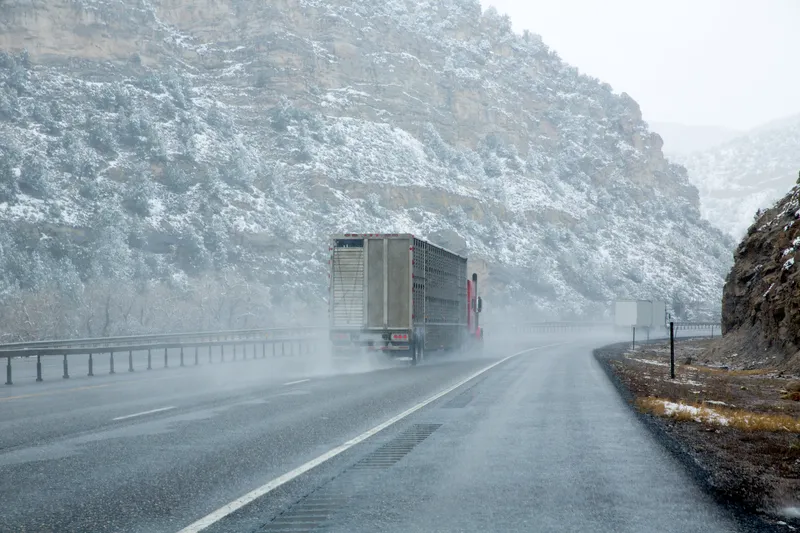
Drivewyze has expanded its Smart Roadways service with in-cab 'virtual alerts' for truck drivers in California, Michigan and Nevada.
Twenty US states now use the service, which offers traffic slowdown alerts to fleets and drivers using telematics devices, smartphones or tablets in advance of potentially dangerous incidents on the roads.
“When a participating state sees a problem that a commercial driver is about to drive through, they can let them know through a timely short message,” said Brian Mofford, Drivewyze’s VP of government experience. “Being aware of what’s ahead is a core component of the program and it will help drivers become safer.”
“Digital messaging direct to commercial drivers is another way our motor carrier officers are working to increase traffic safety and reduce traffic crashes and injuries on Michigan roads,” said Patrick Morris of the Michigan State Police Commercial Vehicle Enforcement Division. “We plan to use this messaging tool before peak holiday travel times or when there are particular driving hazards we want drivers to be aware of.”
In Nevada, the alerts will help drivers navigate diverse terrain and challenging driving conditions such as snow storms.
Nevada Highway Patrol lieutenant Tappan Cornmesser says: “Coupled with our position as a major transportation corridor, initiatives like this are essential. With increased truck traffic and vital interstates running coast-to-coast, these real-time in-cab messages will help prevent crashes and improve safety for all drivers.”
California began sending safety alert messages through the Smart Roadways platform over the Thanksgiving holiday.
Drivewyze Free includes access to agency-sponsored, real-time traffic slowdown alerts generated with state transportation and enforcement agencies, as well as other message sets, including Drivewyze-sponsored advisories for high-rollover risk areas, low bridges and mountain alerts.









